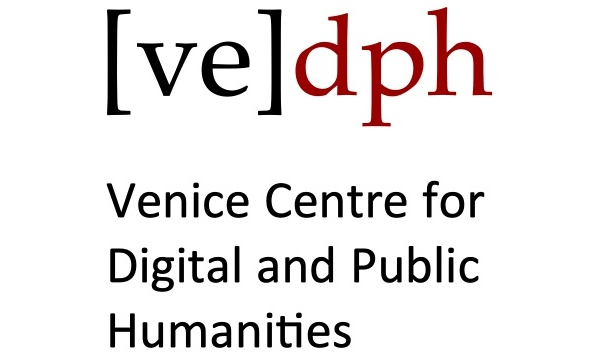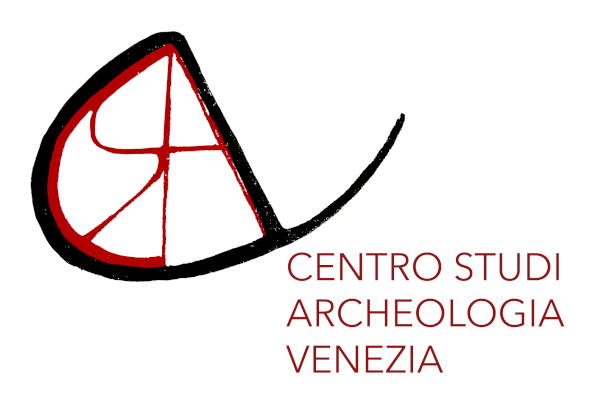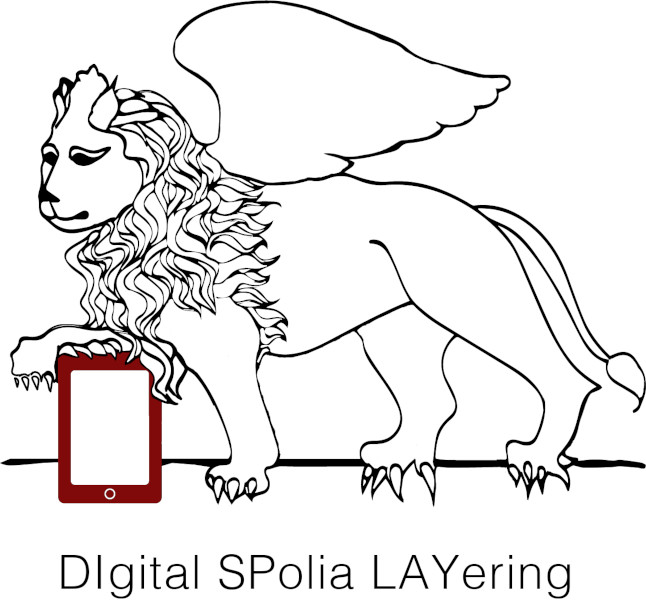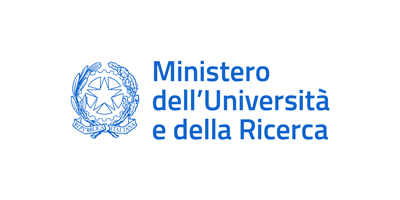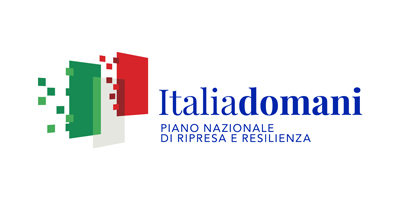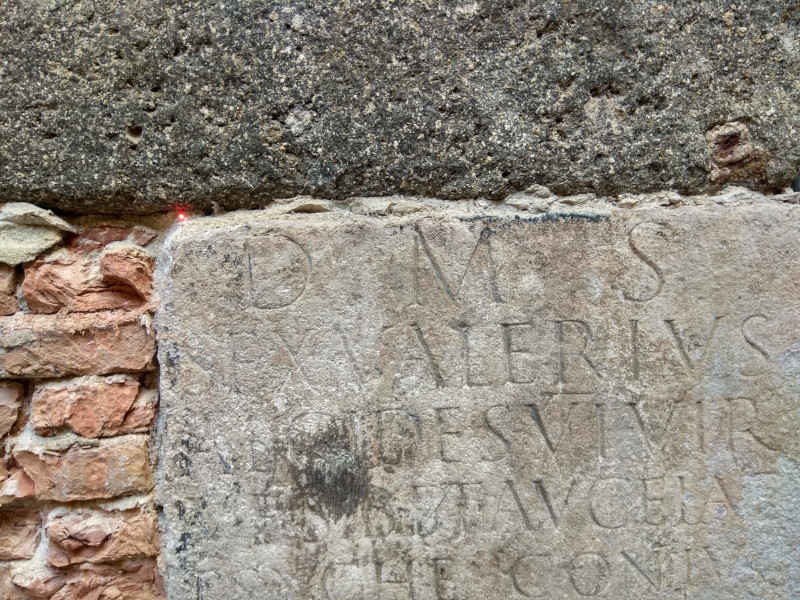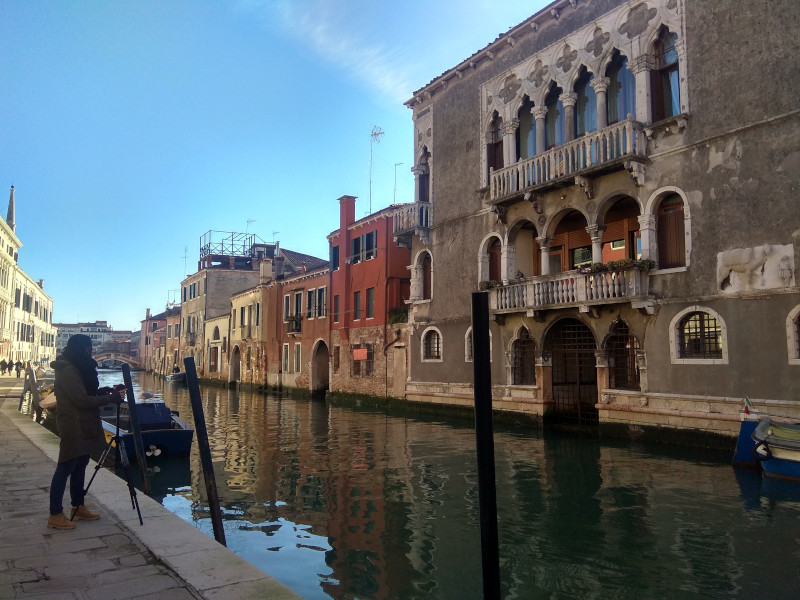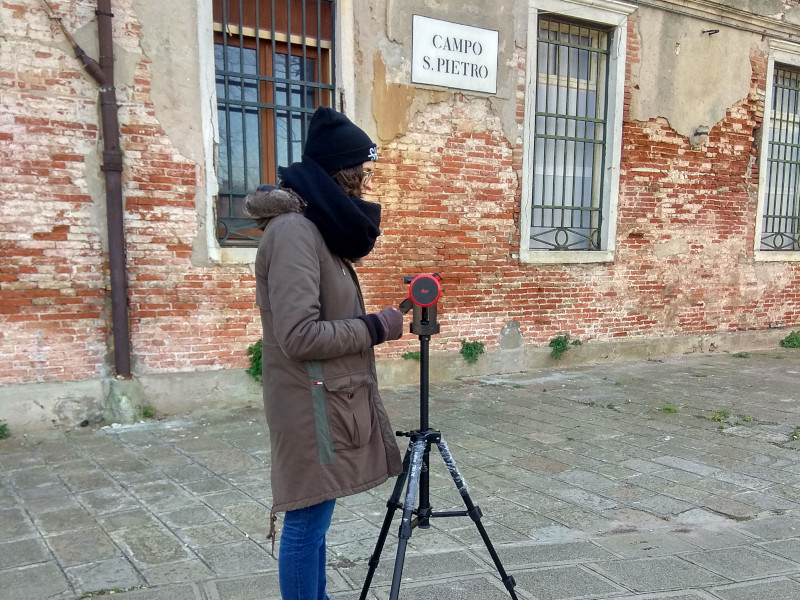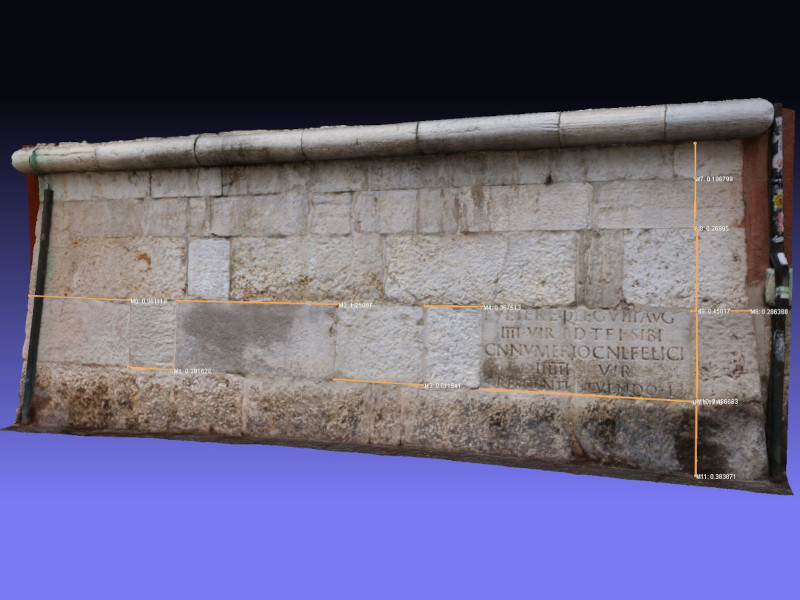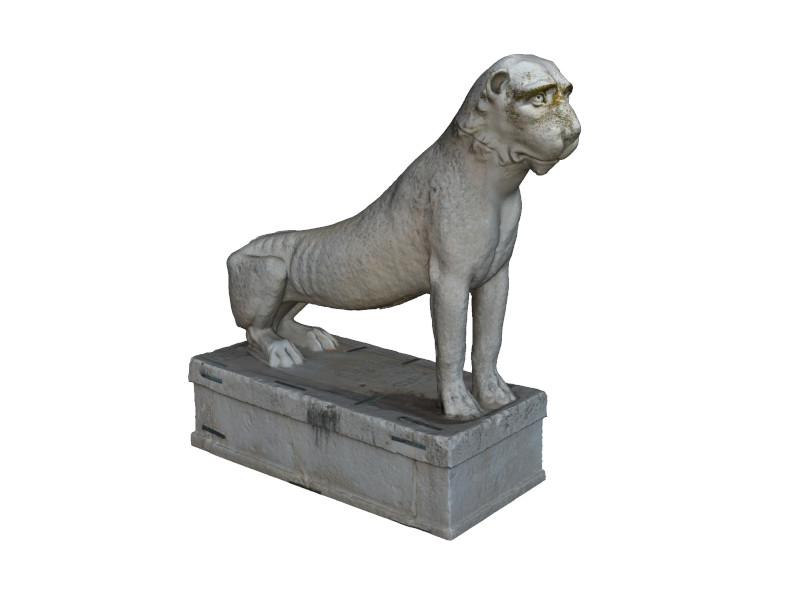DiSpLay
Digital Spolia Layering
Project
DiSpLay is a georeferenced interactive map that constantly reflects the results of the pilot project “The Stones of Venice. A Digital Landscape”, developed with the help of the Venice Centre for Digital and Public Humanities and of the Time Machine Coordination & Support Action.
For the first time in the history of Venetian archaeology, the project The Stones of Venice: a Digital Landscape aims to present the innovative potential of the application of a non-invasive digital technique for the extensive measurement of reused sculpture (spolia) preserved in Venice and its lagoon, both in architectural contexts and as freestanding structural elements. The sample measurements were carried out to get precise digital representations of archaeologically and epigraphically meaningful items, such as ancient columns, capitals or inscriptions, which are reused in the facades of palaces on the Grand Canal, as well as inside and outside Venetian churches and bell-towers. In most cases, measurements were taken for the first time; it was also possible to test the functions of the device over considerable distances, even greater than 50 m, thus obtaining the measurement of artefacts that are difficult to access. The data collected within the project are now accessible through an open access digital map: in addition, 3D models of the most meaningful spolia are available for free consultation and download.
Map
The map contains the Venetian spolia investigated as part of the project together with some others known from scientific literature. It will be implemented with further reference to other spolia in the course of time. Two layers of filters have been employed to display the spolia on the map: "Reused Artifacts" refers to archaeological artefacts and inscriptions that have been reused as freestanding sculpture and/or with a public but not necessarily architectural function. "Reused Architectural Sculpture" refers to artefacts that have been reused with an architectural function.
The map, created in a GIS environment and available online for free, allows the visualisation of the two different layers together with all the artefacts included in each of them.
"Reused Artifacts" (in blue) are displayed with the following associated data: name, typology, material, dimensions, short description, chronology, provenance, bibliography, media.
"Reused Architectural Sculpture" (in pink) is displayed with the following associated data: name, number, typology, short description, chronology, provenance, bibliography, media.
CHANGES: Sustainability and Resilience of Tangible Cultural Heritage (Spoke 8)
Ca’ Foscari unit of CHANGES - Cultural Heritage Active Innovation for Nex-Gen Sustainable Society is member of the Spoke 8 leaded by the Sapienza University of Rome, co-leaded by the Scuola Normale Superiore of Pisa together with the University of Bari “Aldo Moro”, the University of Naples “Federico II”, the National Research Council (CNR), the University of Florence, the Roma Tre University, the cooperative CoopCulture and the company Engineering.
The overall project of the spoke concerns “Sustainability and resilience of tangible cultural heritage”, it was started in December 2023 and will last until August 2025.
Ca’ Foscari unit is focusing on three actions:
- “Sacra absentia”. Medieval church furnishings in Venice between the surviving and the lost
- “Spolia”. The reuse of ancient marbles in Venice in the Middle Ages
- “Venice Long Data”. Study of historical archives for a network science of historical objects and events
A selection of data and results from each action are hosted on DiSpLay’s map.
Past events
|
|
26/01/2024 - "Venice Long Data. The Future of the Past"
Giorgio Cini Foundation, Venice |
88 KB |
Contacts
- Action 1: Prof. Simone Piazza (PI) and Dr Giulia Anna Bianca Bordi
- Action 2: Prof. Luigi Sperti (PI) and Dr Myriam Pilutti Namer
- Action 3: Prof. Guido Caldarelli (PI), Dr Andrea Auconi and Dr Alessandro Codello (UDELAR Montevideo)
3D Models
In this section, you can find for free consultation a selection of 3D models of spolia created within the framework of the project using the photogrammetric technique and integrating the data obtained from digital measurements. In addition, some models have been created during the Venice Summer School in Digital and Public Humanities (2022 Edition).
In current research, 3D digital replicas of archaeological artefacts are tools that can be widely used for both research and conservation purposes. They offer scholars the possibility of studying objects in detail, taking accurate measurements at any time and extracting different graphical representations from them; this significantly expands their potential for conducting high-quality specialist research and for increasing the understanding and appreciation of each object. These so-called 'digital twins' can also be useful for conservation purposes, especially in the case of endangered cultural assets that require restoration or are in need of replacement by copies.
The 3D model gallery can be accessed from the link below. The models uploaded here represent the majority of the objects in the 'Reused Artefacts' layer and have been opportunely optimised for online display.
Outreach
Publications
- Barsanti C., Pilutti Namer M. 2009, Da Costantinopoli a Venezia. Nuove spoglie della chiesa di S. Polieucto. Nota preliminare, «Nea Rhome», 6, 133-156. Pag. 133-156.
- Calvelli L. 2005, Spolia di età romana a Murano: alcune ipotesi ricostruttive, in Cresci Marrone G., Tirelli M. (eds.) Terminavitsepulcrum. I recinti funerari nelle necropoli di Altino, Atti del convegno (Venezia, 3-4 dicembre 2003), Roma, 349-356.
- Calvelli L. 2007, Le iscrizioni latine provenienti dalla laguna veneta settentrionale. Un primo censimento, in Cresci Marrone G., Pistellato A. (eds.), Studi in ricordo di Fulviomario Broilo, Atti del convegno (Venezia, 14-15 ottobre 2005), Padova, 123-145.
- Calvelli L. 2011a, Da Altino a Venezia, in Altino antica. Dai Veneti a Venezia, Tirelli M. (ed.), Venezia, 184-197.
- Calvelli L. 2011b, Due nuovi spolia epigrafici da Venezia e Murano, «Quaderni di Archeologia del Veneto» 27, 205-209.
- Calvelli L. 2012, Il reimpiego epigrafico a Venezia: i materiali provenienti dal campanile di San Marco, in Cuscito G. (ed.), Riuso di monumenti e reimpiego di materiali antichi in età postclassica: il caso della Venetia, Trieste (“Antichità altoadriatiche”, 74), 179-202.
- Calvelli L. 2014a, L'enigma epigrafico di Barbola, «Archivio Veneto» 145, 15-46.
- Calvelli L. 2014b, Un miliario di Costantino dalle ex Conterie di Murano, «Archeologia Veneta» 27, 102-105.
- Calvelli L. 2015a, A New Legionary Epitaph from Venice, «Sylloge Epigraphica Barcinonensis», 13, 87-100.
- Calvelli L. 2015b, Reimpieghi epigrafici datati da Venezia e dalla laguna veneta, in Centanni M., Sperti L. (eds.), Pietre di Venezia: spolia in se, spolia in re, Atti del convegno internazionale di studi, Roma 2015, 113-134.
- Calvelli L. 2015c, Monumenti altinati da Torcello. 1. L'urna cineraria di Cusonia Posilla, «RdA» 38, 93-108.
- Calvelli L. 2016a, Iscrizioni esposte in contesti di reimpiego: l’esempio veneziano, in Donati A. (ed.), , L’iscrizione esposta, Atti del Convegno Borghesi 2015 (Bertinoro, 4-6 giugno 2015), Faenza, 457-490.
- Calvelli L. 2016b, A New Constantinian Milestone from Venice, «Zeitschrift für Papyrologie und Epigraphik» 198, 293-298.
- Calvelli L. 2018, «Li marmi segatti che incrostatto havevano li muri della chiesa vecchia». Il reimpiego di epigrafi di epoca romana nella cattedrale di San Pietro di Castello, in Guidarelli G. (ed.), La chiesa di San Pietro di Castello e la nascita del patriarcato di Venezia, Venezia, 87-109.
- Lazzarini L., Pilutti Namer M. 2020, Sugli spolia a Venezia. Una scultura enigmatica di San Paolo nella chiesa di San Polo, in La chiesa di San Polo tra devozione, arte e feste popolari, in Matino G., Raines D. (eds.), La chiesa di San Polo tra devozione, arte e feste popolari, Roma, 45-59.
- Pilutti Namer M. 2008-2009 (2014), Su alcuni spolia veneziani d’eccezione di età paleobizantina: i capitelli delle edicole dei Frari, «Venezia Arti» 22-23, 69-78.
- Pilutti Namer M. 2012, Reimpiego e rilavorazione di materiali antichi nella Venezia medievale: alcuni esempi, in Cuscito G. (ed.), Riuso di monumenti e reimpiego di materiali antichi in età postclassica: il caso della Venetia, Trieste («Antichità altoadriatiche» 74), 159-177.
- Pilutti Namer M. 2013, Spolia a Venezia nell’Ottocento. Appunti sui Cavalli e il Leone di San Marco, «Engramma» 111
- Pilutti Namer M. 2014, Tra spolia e imitazioni: i capitelli della basilica di Santa Maria Assunta a Torcello (Ve), «Marmora» 10, 79-100
- Pilutti Namer M. 2015, Il corpus di capitelli della chiesa di San Giacomo di Rialto a Venezia, «RIASA» 66, 253-261.
- Pilutti Namer M. 2016, Tra spolia e imitazioni. Il Fondaco dei Turchi tra archeologia e cultura del restauro, Venezia.
- Pilutti Namer M. 2017, Classico-bizantino. I capitelli di Santa Fosca a Torcello e il marmo proconnesio a Venezia, «Marmora» 13, 85-93.
- Pilutti Namer M. 2020, Spolia and Memory in Nineteenth-Century Venice [ENG], in Sabaté F. (ed.), Memory in the Middle Ages. Approaches from Southwestern Europe, Amsterdam, 379-392
- Sperti L. 1996, Sul reimpiego di scultura antica a Venezia: l’altare di Palazzo Mastelli, «RdA» 20, 119-138.
- Sperti L. 2004, Originali tardoantichi e protobizantini e imitazioni medievali tra i capitelli di San Donato a Murano, in Marcone A. (ed.), Societa' e cultura in eta' tardoantica, Atti dell’incontro di studi (Udine, 29-30 maggio 2003), Firenze, 229-252.
- Sperti L. 2015, La testa del Todaro: un palinsesto in marmo tra età costantiniana e tardo Medioevo, in Centanni M., Sperti L. (eds.), Pietre di Venezia: spolia in se, spolia in re, Atti del convegno internazionale di studi, Roma, 173-193.
- Sperti L. 2016, Osservazioni sulla cronologia e la provenienza dei capitelli più antichi reimpiegati nella basilica di San Marco a Venezia, Lusuardi Siena S., Perassi C., Sacchi F., Sannazaro M. (eds.), Archeologia classica e post-classica tra Italia e Mediterraneo: scritti in ricordo di Maria Pia Rossignani, Milano, 285-296.
- Sperti L., Zinato A. 2017, Pero Tafur a Venezia (1436-1439) e le colonne di San Marco e Todaro, «RdA» 41, 157-172.
- Sperti L. 2018, I viaggi dei marmi, in Bassani M., Molin M., Veronese F. (eds.), Lezioni Marciane 2015-2016. Venezia prima di Venezia, dalle ‘regine’ dell’Adriatico alla Serenissima, Roma, 53-98.
- Sperti L. 2019, Reimpiego di scultura antica a Venezia: proposte e ipotesi recenti, in Zorzi N., Berger A., Lazzarini L. (eds.), I tondi di Venezia e Dumbarton Oaks. Arte e ideologia imperiale tra Bisanzio e Venezia, Roma, 161-188.
- Calvelli, L.; Sperti, L.; Pilutti Namer, M.; Delpozzo, E. 2021; Misurazioni digitali non invasive di spolia veneziani: innovazioni di metodo e proposte di applicazione, «Archeologia e Calcolatori», 32, 175-194.

Credit: © University of Oxford - Ashmolean Museum

Credits: © University of Oxford - Ashmolean Museum
Gallery
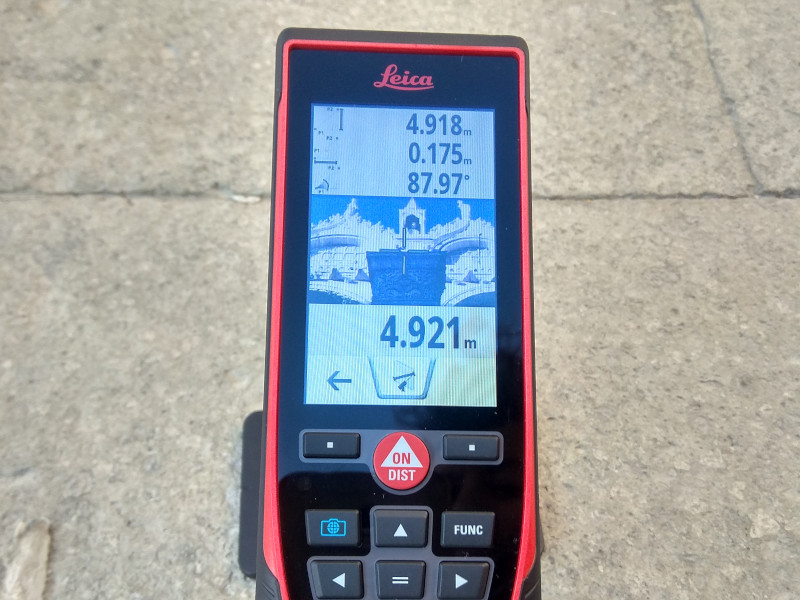
Credit: © DiSpLay Eleonora Delpozzo, Myriam Pilutti Namer
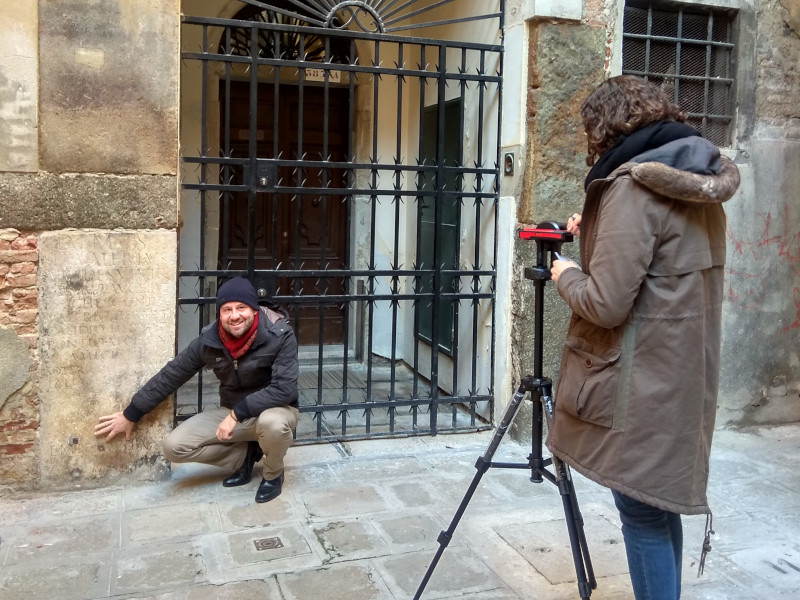
Credit: © DiSpLay, Myriam Pilutti Namer
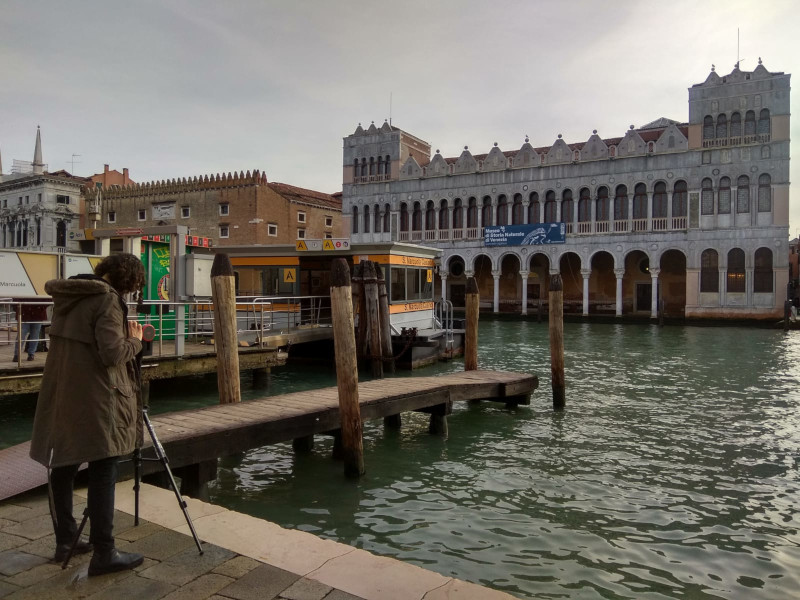
Credit: © DiSpLay Myriam Pilutti Namer
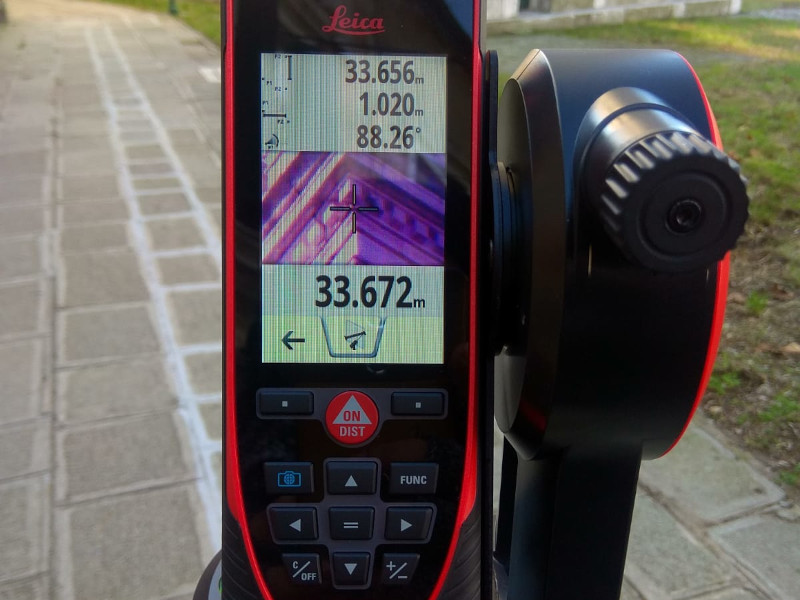
Credit: © DiSpLay Myriam Pilutti Namer
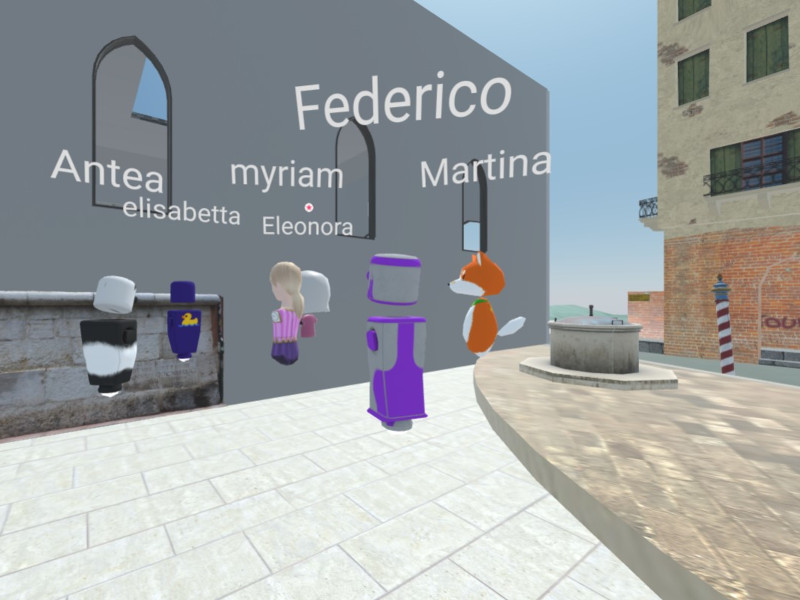
Credit: © Eleonora Delpozzo
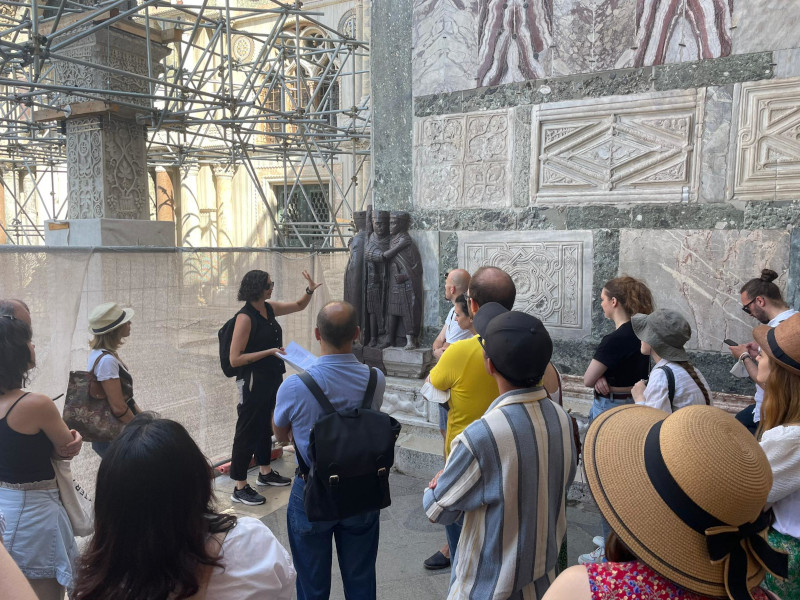
Credit: © Eleonora Delpozzo
Media
- Video presenting the virtual environment of the Virtual Class “Mozilla for Digital Humanities: an easier way to share knowledge” held by Eleonora Delpozzo within the course of Virtual Archaeology (Dr. F. Bernardini, Ca’ Foscari University of Venice, VeDPH), 29 April 2021. Video
- Conference by Luigi Sperti at the Ateneo Veneto presenting the spolia of St. Mark’s Square (in Italian). Video
- Short presentation by Lorenzo Calvelli and Giovannella Cresci Marrone at the Istituto Veneto on the alleged Roman origins of Venice (in Italian). Video [ITA]
- Lorenzo Calvelli on the history of the toponym Venetia. News [ITA]
- Alexander Mitchell's artistic and scientific artwork on Venetian spolia
Partners

